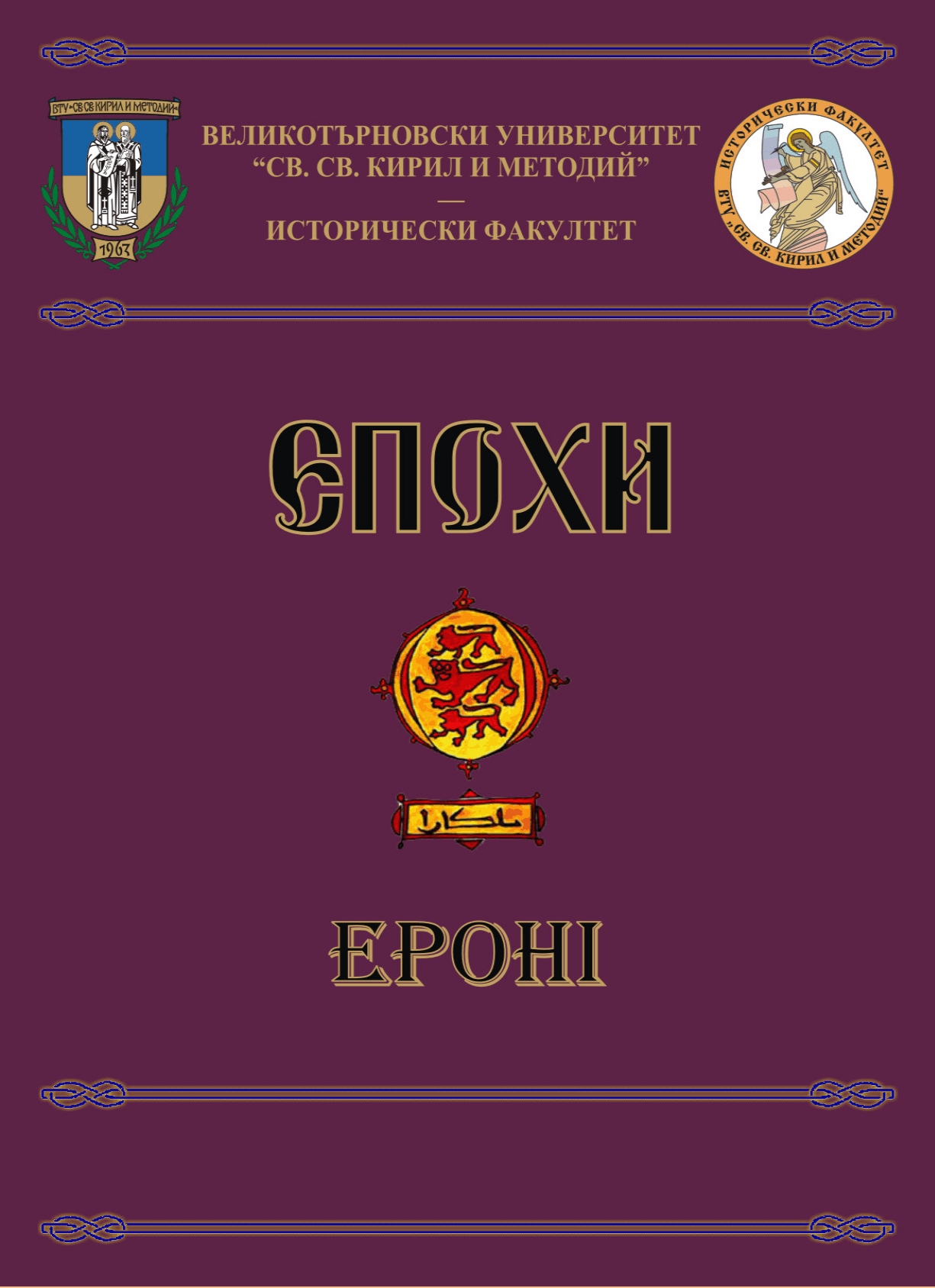
We kindly inform you that, as long as the subject affiliation of our 300.000+ articles is in progress, you might get unsufficient or no results on your third level or second level search. In this case, please broaden your search criteria.






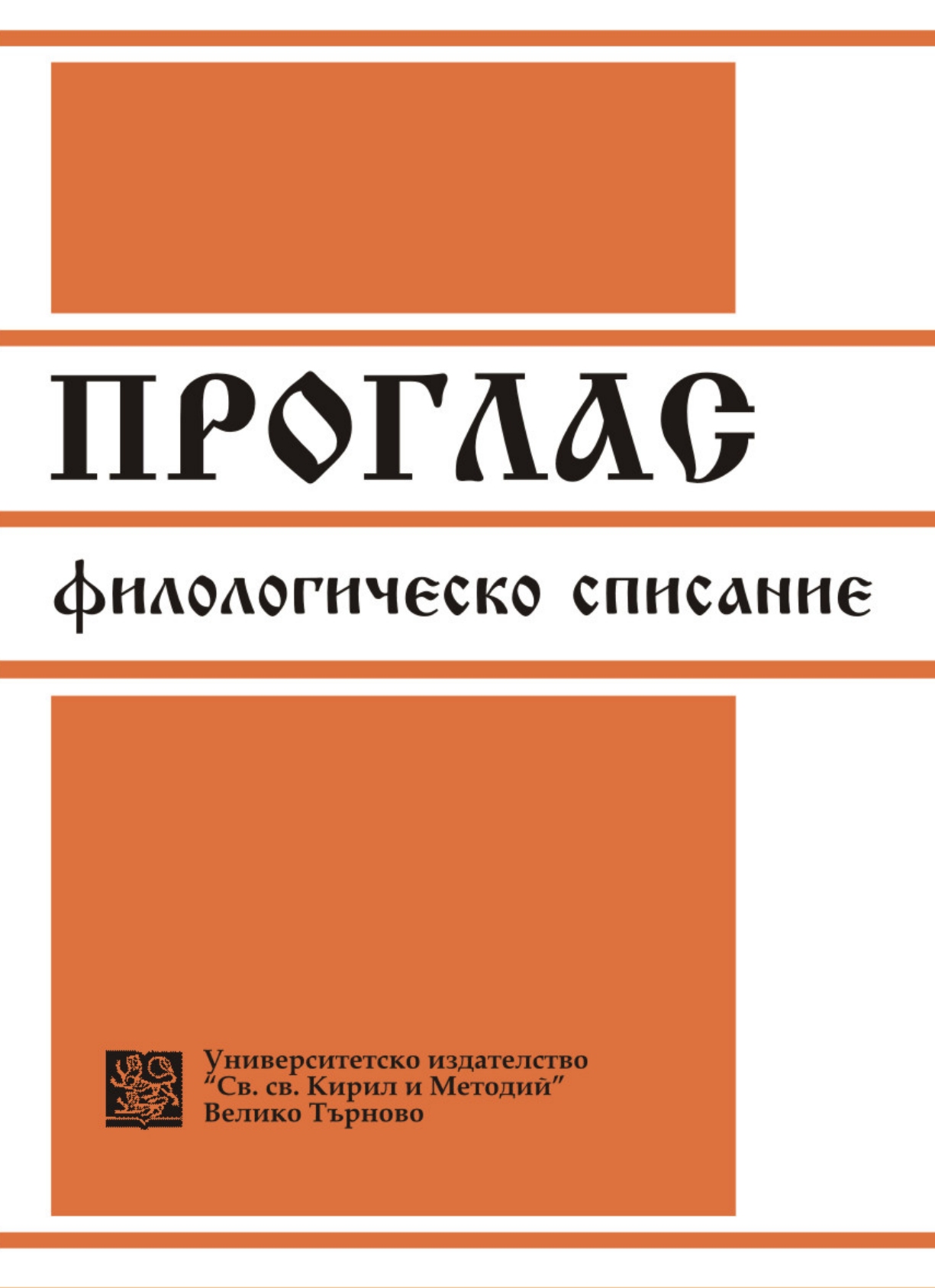




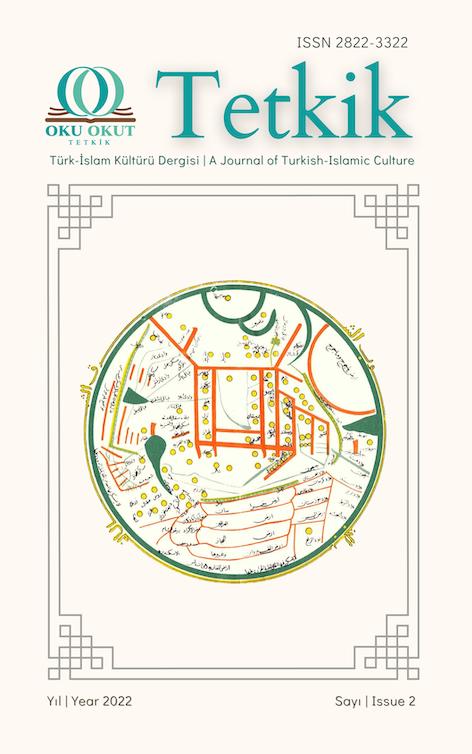
Universities are the publishers of most of the peer-reviewed journals in Turkey. Except for a few good practice examples, journals in universities are not published from a single center under the brand name "University Press." Journals are published by sub-units of universities, such as Faculty and Institutes, without considering a standard publication policy and quality system. Although there are Publication Commissions in Universities, these commissions are not active in publishing peer-reviewed journals in a common standard. Legislative arrangements are needed in this regard. When university units decide to publish a peer-reviewed journal, this journal begins its publication life in a short time.In this process, no preliminary preparations are made about academic publishing, and information about the transfer of experience is not obtained from experienced editors and publishers. Since universities do not have expert administrative staff experienced in peer-reviewed journal publishing, these journals generally start publication with weak publishing criteria. For example, the most common mistake is to give the journal a long name that is too weak in terms of branding, which will need to be changed in the future, such as "….University… Faculty Journal". Another problem is that academic staff working in the institutions of these journals prioritize publishing their scientific studies. In addition, Dean or the Director is determined as the editor-in-chief. It is not taken into consideration that this situation may be perceived as a violation of publishing ethics, known as "Unfair Authorship/Editorship." In this process, it is overlooked whether a manager with an administrative duty can be an active editor. Afterward, an editorial team, mainly composed of research assistants, is formed to carry out the publication processes of the journal. Although the names of dozens of people are written on the journal boards, the actual process is carried out by one or more people. These people work very hard with dedication. However, academic publishing is a team effort, and efforts by one or two people will not be enough for the journal to reach the desired goals. For the aforementioned reasons, journals that start publication without serious preliminary preparation are either unable to find articles to publish or are closed after a few issues.Academic journal publishing is more complex than popular journal publishing. There are legal, financial, scholarly, ethical, and technical rules and principles that journals must comply with. Apart from all these, the application and process follow-up to academic databases with a technical aspect are also the responsibility of the same editorial team. The criteria and application processes of each academic database are different. Naturally, following the criteria of dozens of databases and carrying out the application processes cannot be carried out effectively by those who work in the journal for the first time and do not have experience in this field.The acceptance rate of Turkish journals by academic databases is not at the desired level. In the low acceptance rate, the factor that the journals do not sufficiently comply with the criteria of the academic database comes to the fore. All national (TR Index) and international academic databases have various criteria for journal acceptance. As an editor, I have examined the selection criteria of national and international indexes to minimize the difficulties experienced in the application and acceptance processes of the indexes. In addition, I have reviewed the principles of academic publishing of international organizations such as the Committee on Publication Ethics (COPE), Directory of Open Access Journals (DOAJ), Open Access Scholarly Publishers Association (OASPA), and World Association of Medical Editors (WAME). Also, I glanced at the literature on indices and their functioning. As a result, "Peer-Reviewed Journal SWOTs Analysis" was developed to be used to identify the strengths and areas of improvement of academic journals. By applying the Academic Journals SWOTs Analysis, it can be determined that the journals fully comply with the criteria of national and international indexes and which ones have deficiencies. Thanks to the developed system, how to eliminate the shortcoming is also reported to the editors as practical information.The data to be used in the Academic Journal SWOTs Analysis; is collected from the editor-in-chief, the journal website, the ISSN registry, and national-international indexes. The collected data is analyzed, and the answers given by the editor-in-chief are compared with the information obtained from open sources such as the journal website. The results are entered into the SWOTs Analysis System. The dataset of the SWOTs Analysis Questionnaire is comprised of 22 sections and 250 questions. To determine the strengths or weaknesses of the journal, the name of the journal (6 questions) in the first section, the journal history in the second section (5 questions), the ISSN record in the third section (9 questions), the publication period in the fourth section (10 questions), the aim & scope of the journal in the fifth section (10 questions), in the sixth part the language of publication (5 questions), in the seventh part the publisher information (12 questions), in the eighth part the journal website (20 questions), in the ninth part the volume/issue system (6 questions), in the tenth part the editorial structure (13 questions), the editorial board in the eleventh part (9 questions), the peer review process in the twelfth part (24 questions), the research and publication ethics policy in the thirteenth part (27 questions), the copyright and licensing policy in the fourteenth part ( 14 questions), the archive policy in the fifteenth section (5 questions), the price policy in the sixteenth section (8 questions), the article typesetting format in the seventeenth section (33 questions), the publication quality in the eighteenth section and the international interest in the journal (10 questions), index in the nineteenth chapter relations with the authors and data distribution policy (3 questions), the indexing status of the journal in the twentieth section (10 questions), the citations of the editorial team and the authors in the twenty-first section (7 questions), and the visibility and promotion of the journal in the twenty-second section (4 questions) are analysed.Peer-reviewed Journal SWOTs Analysis was applied to the requested peer-reviewed journals by YAZIM DESTEGI experts (www.yazmdestegi.com) in January-October 2022. The analysis results show that the point value indicating the weaknesses of the journals in the questionnaire consisting of 250 questions varies between 48 and 106 points out of 250 points. The 48 weak points are the points equivalent to the open aspects of the journals indexed in SCOPUS and ESCI, which are the least deficient. 106 weakness is the point value of the weaknesses of the journals that are not scanned in the TR Index and other indexes with the highest number of shortcomings. The common weakness is the low citation rate because the publication language is not English in most of the journals. The score for a low citation rate is minus 9 in the SWOTs Analysis. This ratio is not the main reason for the reviewed journals' 48 to 106 points of weakness. Journals receive low scores in the Refereed Journal SWOTs Analysis due to the formal and academic deficiencies they can correct in the short and medium term. At the end of the Academic Journals SWOTs Analysis, the strengths and weaknesses are presented to the journals as a detailed report. Indicating the defects and strengthening them in the report allows the journal boards to take short and medium-term measures. In a process where quality processes gain importance, detecting deficiencies by subjecting the journals to external evaluation by experts will contribute to the quality of the journals in every aspect.If the journals publish in full compliance with the criteria of the TR Index, the total point value of their weaknesses should be between 50 and 60 points out of 250 points. The point value of the weak points in the SWOTs Analysis Reports of the journals selected by the TR Index shows this. The evaluation results showing the journals' weaknesses are below 50 points, indicating that those journals have risen to the level of acceptance from the SCOPUS and ESCI. The aim of editors and publishers is that their journals have no weaknesses, with a total score of 250. However, in academic publishing, the presence of different parties such as publisher-author-editor-referee in the process, the publication language being Turkish, the scientific quality of the article, and the quality of the reviewer reports not always at the same standard mean that journals can always have weaknesses of 0 to 40 points. In this respect, the SWOTs Analysis of journals scanned in AHCI, and SSCI indexes support this result. The important thing here is that the editors and publishers realize the weaknesses of their journals and implement the improvements related to them.
More...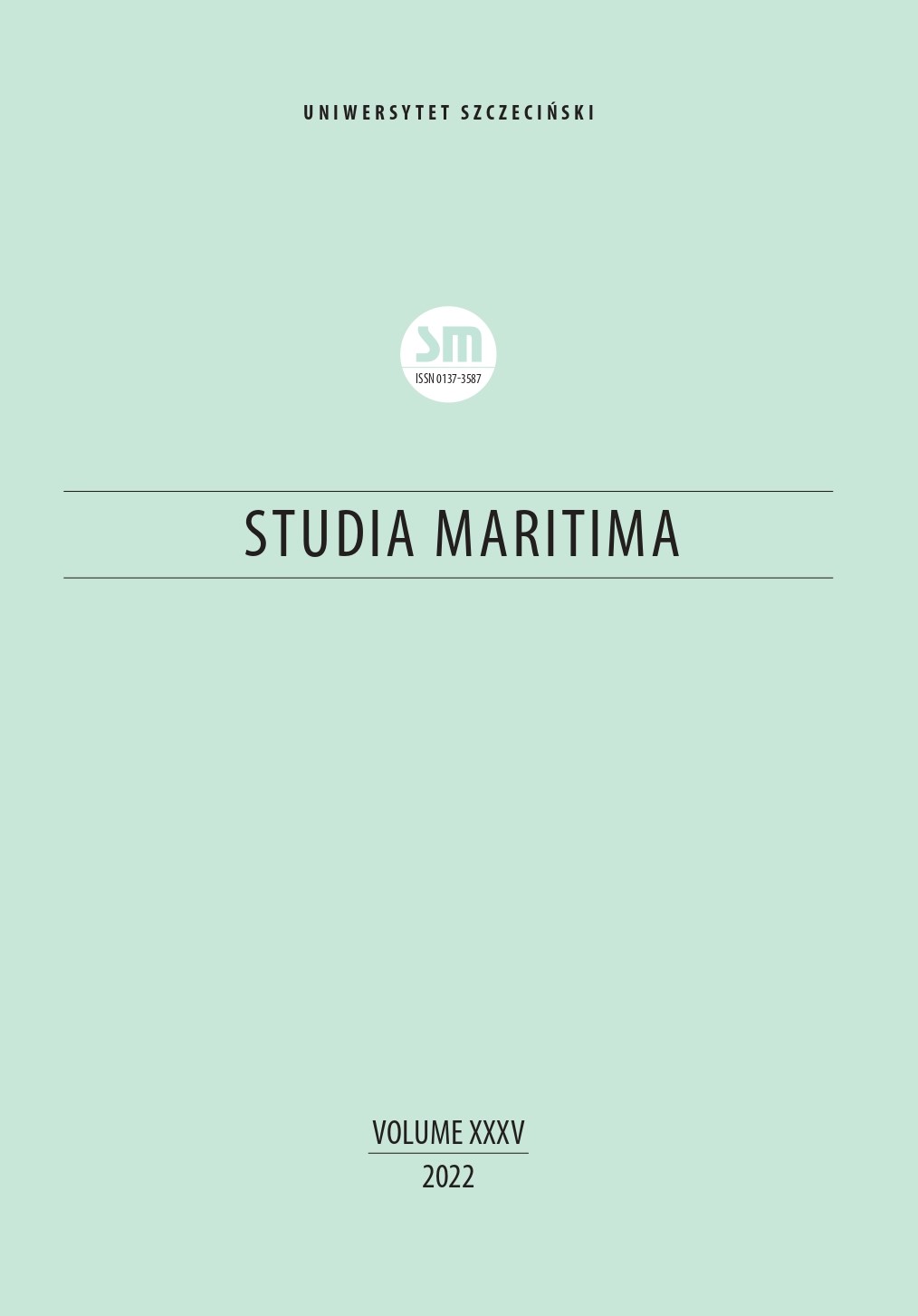
The subject of the publication is a review of the book “Wierni królowie. Szwedzi i Finowie na uchodźctwie w Rzeczypospolitej Obojga Narodów w pierwszej połowie XVII wieku” [Faithful Kings. Swedes and Finns in Exile in the Polish–Lithuanian Commonwealth in the First Half of the 17th Century] written by Wojciech Krawczuk. In his monograph, the author characterised a medium–sized collectivity made up of Swedes and Finns fleeing their country as a result of the dynastic war between Sigismund III and his uncle Charles of Södermanland. A considerable part of the group settled in the Commonwealth and the kings (Sigismund III, as well as his sons) felt attachment to those people, which manifested itself in taking special care over them. The community, especially noblemen, was of great political importance, reaching in the Crown even senatorial positions. The article presents new calculations of the diaspora connected with the results of the dynastic war. The calculations demonstrate that in the years 1600–1620 there were jointly c. 583 male refugees. Some of them spent abroad merely a few years and returned home; consequently, the number of the refugees was systematically falling (Figure 2 & 3). The social structure of people who left Sweden was presented in the form of Figure 1. It turned out that the nobility made up merely a quarter of the refugees, but it was almost 23% of all noblemen of the kingdom.
More...
A Review Essay by Anda Boluža: Aivars Kļavis, Avota laiks (Riga: Zvaigzne, 2021) Avots, Neiburgs Hotel, Riga, Latvia.
More...

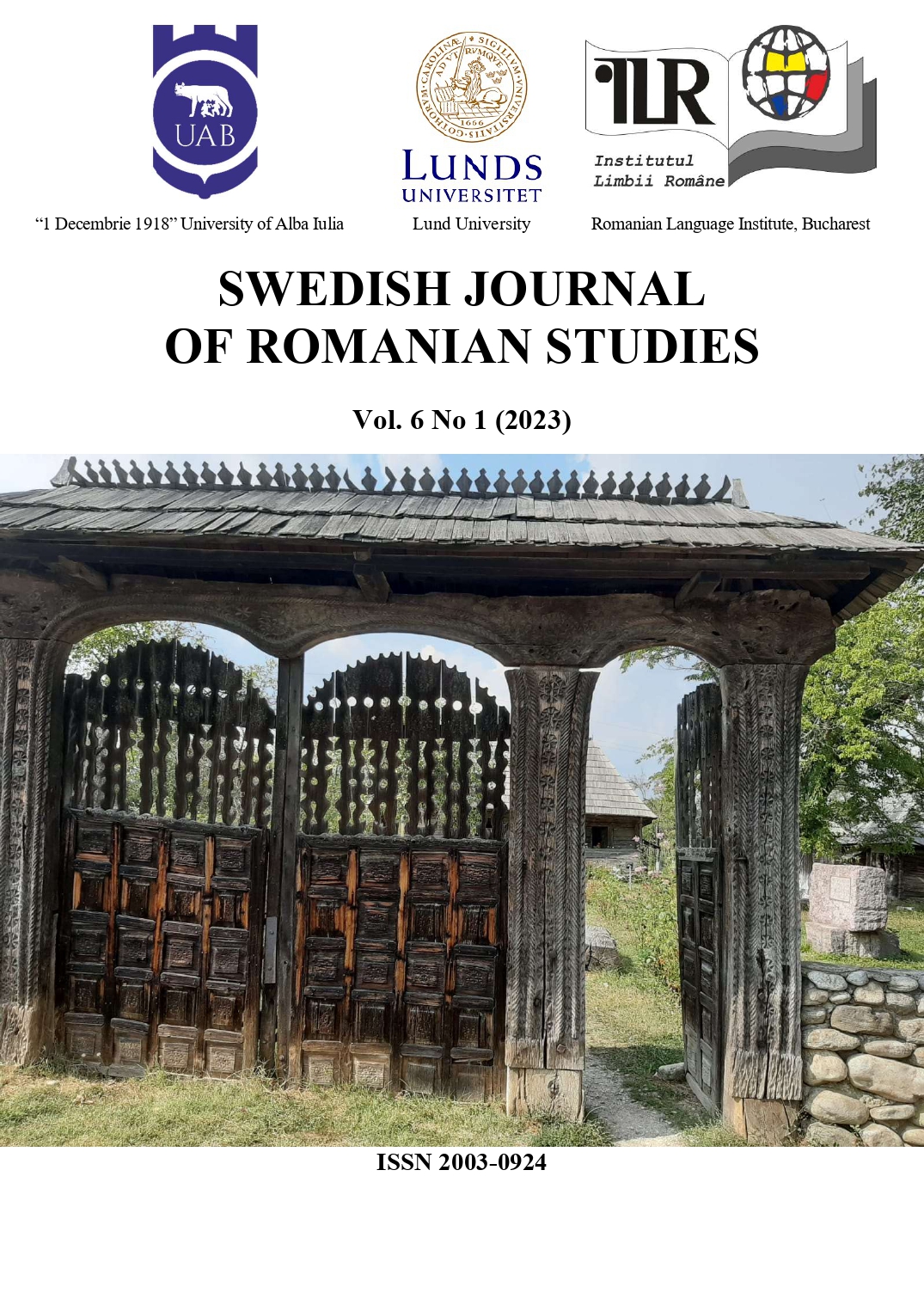
In the book Symbolism of the Summer Solstice: Comparative Readings, Iosefina Blazsani-Batto approaches, through a comparative perspective, a theme with wide resonances in Romanian folkloric mythology, but also in the universal one, taken up by many historians of religions, exegetes and, last but not least, writers. The wide area of research reflects the author's desire to document as well as possible the scholarly approach to the theme and to give secondary importance to field sources, as well as to imaginative elaborations of them. The research, especially through its various hermeneutic possibilities, is a meritorious achievement which, complemented by the author's constant preoccupation with this field, offers a textually illustrated field of analysis of the subject, both in terms of theory (ethnography) and folklore and literature.
More...

The text is an account of two events that promoted the extensive (ten-volume) monograph by Polish Slavic studies scholars (with contributions from scholars from a number of foreign research centres): Leksykon idei wędrownych na słowiańskich Bałkanach (XVIII – XXI w.) [The Lexicon of Migrating Ideas in the Slavic Balkans (18th-21st centuries)] (2018–2020). These events were held in 2021, during the COVID-19 pandemic, by means of social media and common communication platforms. As the Lexicon consists of many synthetically expressed, original, and source-based insights on the southern Slavic cultures’ struggles with modernity, the author comments on both the research project at the root of this publication and on the course of the discussion which emerged during these meetings. She does so in order to express her view on the capacity of the modern researcher by adapting Olga Tokarczuk’s notion of the tender narrator.
More...
The text offers a critical and comprehensive review of Dorota Jarecka’s book Surrealizm, realizm, marksizm. Sztuka i lewica komunistyczna w Polsce w latach 1944–1948 [Surrealism, Realism, Marxism: Art and the Communist Left in Poland between 1944 and 1948]. The reviewer appreciates the main methodological premise of the book, namely that the tensions and conflicts generated within the triangle “avant-garde – realism – emancipatory role of art” cannot be reduced to a binary opposition between totalitarian ideology and the legitimate art world. In fact, it reflects the contradictory dynamics of politically engaged art in general and the context of post-war Poland in particular. Despite the book’s formidable factual support, the result of extensive and comprehensive query, the reviewer still regrets that the author remains primarily an art historian rather than social historian of art. This note of regret however does not diminish this noble contribution to understanding the logics of Polish visual arts in the aftermath of World War II. This area is much less known generally than the literature of this very period.
More...